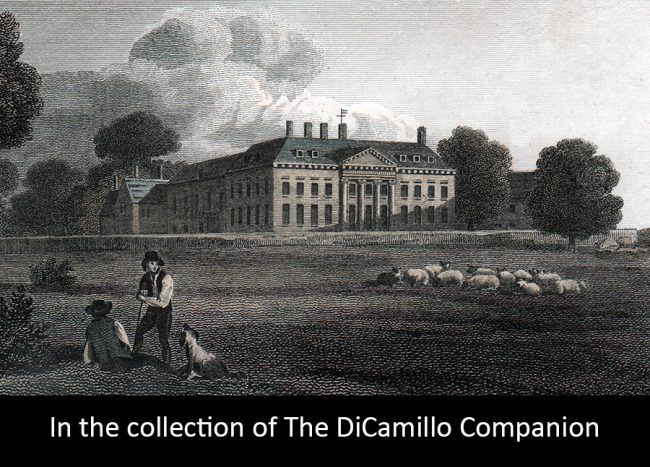
The house from an 1814 copperplate engraving (from a drawing by J.P. Neale) that appeared in "The Beauties of England and Wales"
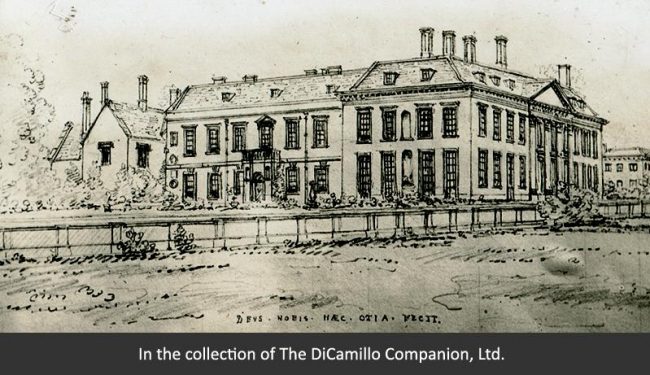
An early 20th century photograph of an 1826 drawing of the house
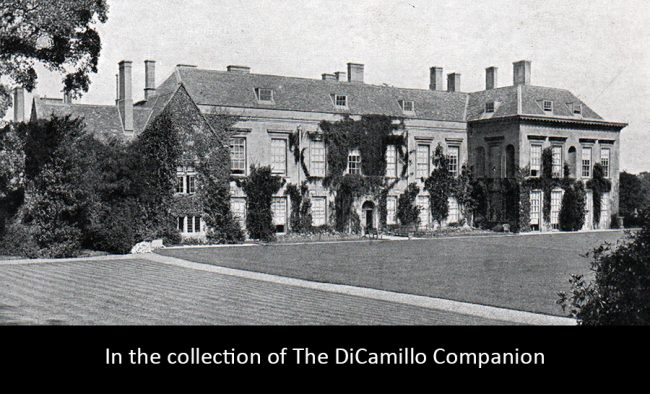
The northwest facade from a circa 1895 Christmas postcard
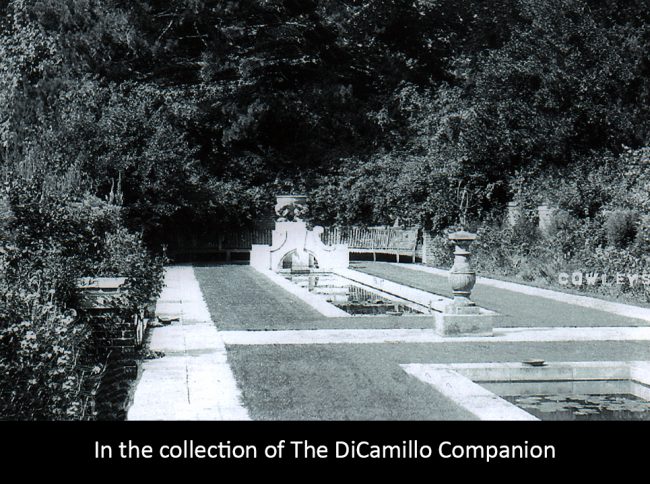
The Italian Garden from a circa 1900 postcard
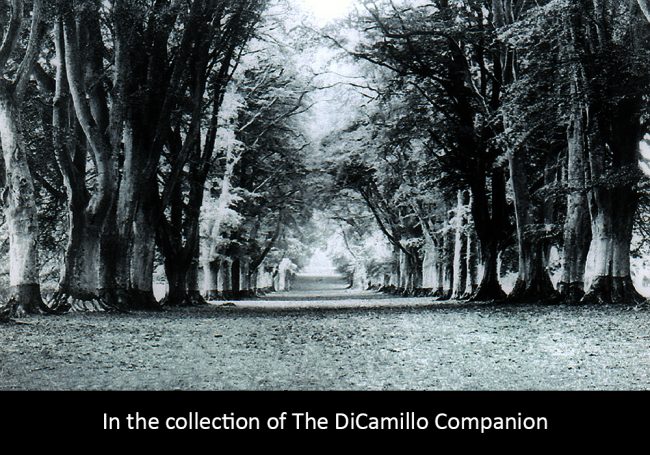
The avenue from a circa 1900 postcard
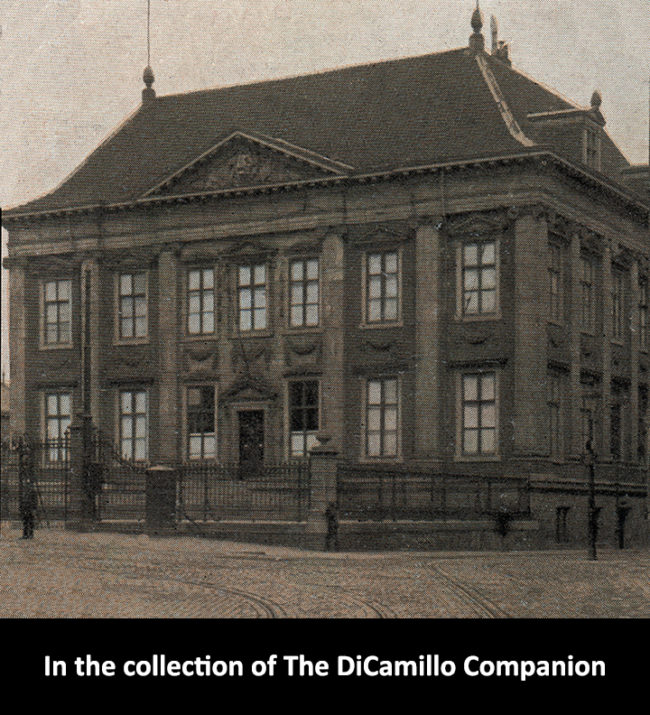
The Mauritshuis, The Hague, from a circa 1900 postcard. The Mauritshuis's design influenced a number of British houses.
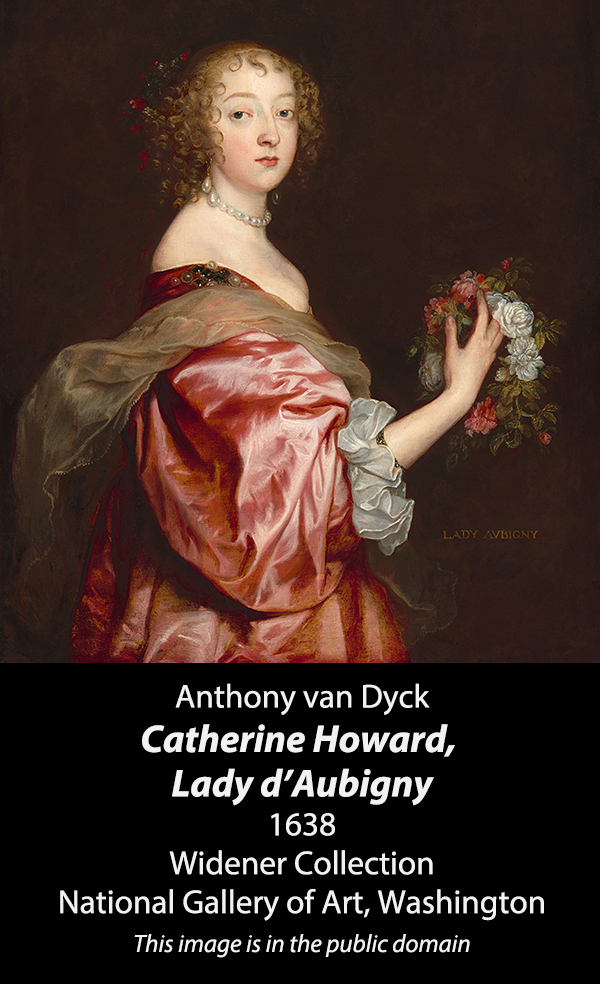
In the collection of the 3rd Earl of Clarendon (1661-1723, first creation) at Cornbury, this painting was sold by the 5th Earl of Clarendon (second creation, 1846–1914) in 1909, when it entered the Widener Collection.
Earlier Houses: There was a hunting lodge (probably 14th century) on the site, elements of which may have been incorporated into the current house.
House & Family History: Cornbury was originally situated in the Royal Forest of Wychwood and has a long history as a hunting lodge. It was described as "built of stone and timber" in 1337; the earliest part of the current house is 16th century. Traditionally the rangership of Cornbury Park was granted to court favorites. In 1617 Henry Danvers, 1st Earl of Danby, was granted the rangership and began to remodel the house in 1631. His new additions, completed in 1633, included a south-facing seven-bay wing that was one of the earliest examples in England of a classically-fronted country house. Cornbury is an interesting amalgam of many stylistic influences, including Serlio, Wren, and The Mauritshuis in The Hague (see photo in "Images" section). In 1661 the Cornbury Estate was granted to Edward Hyde, 1st Earl of Clarendon, notable today as the author of the most influential contemporary history of the English Civil War, "The History of the Rebellion." Clarendon was lord chancellor and virtual prime minister of Britain after the restoration of Charles II in 1660. Clarendon's daughter, Anne, married the king's brother, the Duke of York (later James II), without permission, which caused a great scandal; Clarendon survived this and remained in power until 1667, when he was forced into exile. The popular 1998 book "An Instance of the Fingerpost" by Iain Pears has focused considerable attention on the Earl of Clarendon (1609-74), who figures prominently in the book, which weaves fact and fiction. The interiors of the house were drastically remodeled circa 1850; around this same time a porte-cochère was added to the east façade and an Italianate tower erected, both by an unknown architect (both of these additions were removed by John Belcher, 1901-06). The east façade is an impressive eleven bays with a pedimented Corinthian centerpiece. The Watney family, owners of Cornbury for much of the 20th century, made their fortune in brewing. It was at Cornbury, on his way to Buxton to take the baths, that Elizabeth I's favorite, Robert Dudley, 1st Earl of Leicester, died on September 4, 1588. In 2016 the 3rd Lord Rotherwick sold a 10-year lease on the house for £3.6 million to David Howden.
Collections: Van Dyck's "Catherine Howard, Lady d’Aubigny" was in the collection of the 3rd Earl of Clarendon (1661-1723, first creation) at Cornbury. The painting (see "Images" section) was sold by the 5th Earl of Clarendon (second creation, 1846–1914) in 1909, when it entered the Widener Collection. The remaining contents of Cornbury were sold in a sale in 1967. Humphrey Whitbread purchased a bronze bust of Oliver Cromwell by Michael Rysbrack for £1,200 at the 1967 sale. This same bust was sold at Christie's on April 5, 2001, with an estimate of £50,000-80,000.
Garden & Outbuildings: The Cornbury Estate spans 6,500 acres of the most ancient forest in Britain and is today a protected environment for native wildlife. The stables by May (his first known work) are so grand, with 14 bays and a pedimented centerpiece, that they look like a country house in their own right. There are two square Queen Anne style Lodges, built by John Belcher between 1901 and 1906. In 1664 John Evelyn helped the 2nd Earl of Clarendon layout the grounds of Cornbury.
Chapel & Church: The chapel projects from the back of the south wing of the house and is generally considered the best late 17th century interior in the county (outside of Oxford). The chapel, noted for its coved plasterwork ceiling, is of national importance.
Architect: Nicholas Stone
Date: 1632-33Architect: William Talman
Date: 1689Architect: George London
Date: 1689Architect: John Belcher
Date: 1901-06Architect: Hugh May
Date: 1663-68Country Life: CVIII, 922, 1950.
Title: Debrett's Peerage and Baronetage, 1990
Author: Kidd, Charles; Williamson, David (Editors)
Year Published: 1990
Reference: pg. P 1056
Publisher: London: Debrett's Peerage Limited (New York: St. Martin's Press, Inc.)
ISBN: 0312046405
Book Type: Hardback
Title: An Instance of the Fingerpost
Author: Pears, Iain
Year Published: 2000
Reference: pg. 688
Publisher: New York: Riverhead Books
ISBN: 1573227951
Book Type: Softback
Title: Blenheim Revisited: The Spencer-Churchills and their Palace
Author: Montgomery-Massingberd, Hugh
Year Published: 1985
Reference: pg. 92
Publisher: New York: Beaufort Books
ISBN: 0825302978
Book Type: Hardback
Title: Biographical Dictionary of British Architects, 1600-1840, A - SOFTBACK
Author: Colvin, Howard
Year Published: 1995
Publisher: New Haven: Yale University Press
ISBN: 0300072074
Book Type: Softback
Title: Buildings of England: Oxfordshire, The
Author: Sherwood, Jennifer; Pevsner, Nikolaus
Year Published: 1974
Publisher: London: Penguin Books
ISBN: 0140710450
Book Type: Hardback
House Listed: Grade I
Park Listed: Grade II*
Current Seat / Home of: David Howden (since 2016, as tenant of Lord Rotherwick)
Past Seat / Home of: Robin Cayzer, 3rd Baron Rotherwick, until 2016.
Current Ownership Type: Individual / Family Trust
Primary Current Ownership Use: Private Home
House Open to Public: Limited Access to Grounds Only
Phone: 01608-811-276
Fax: 01608-811-252
Email: [email protected]
Website: https://www.cornburypark.co.uk/
Historic Houses Member: No